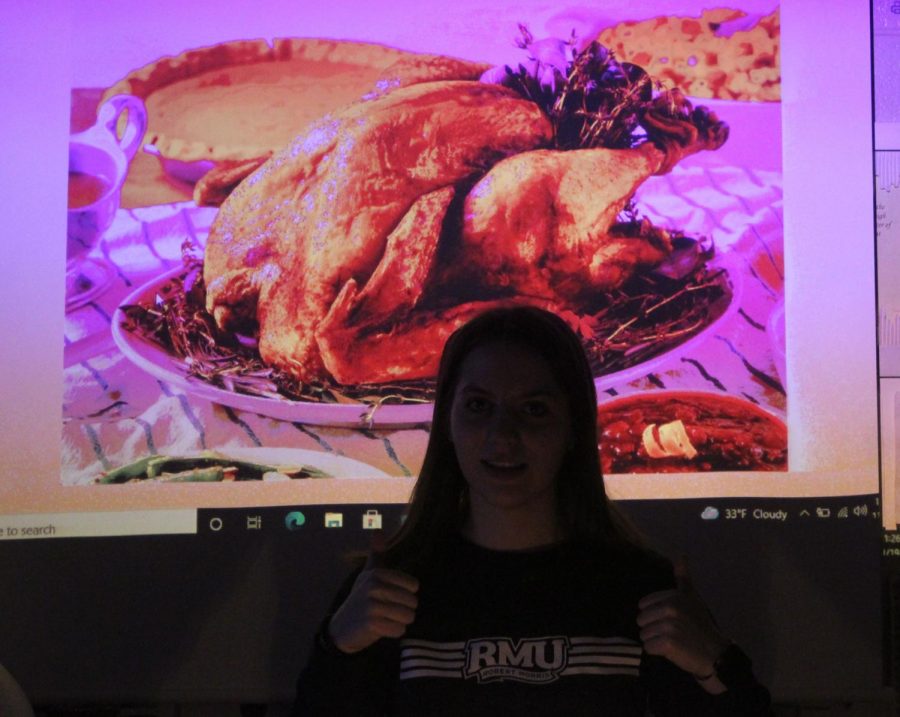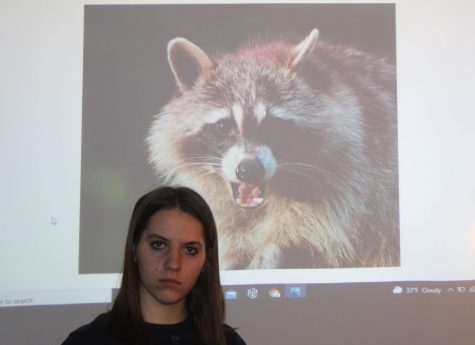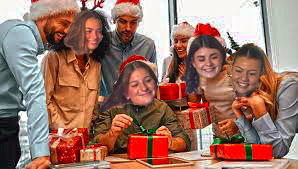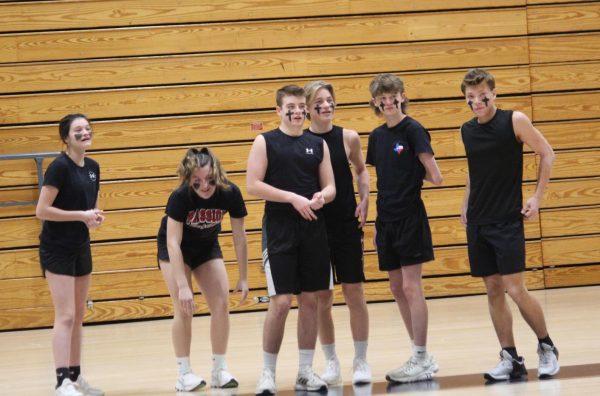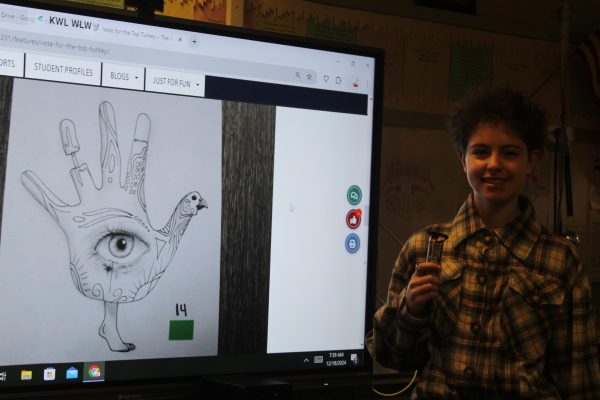Merry Merry Holidays
Merry, merry holidays. Welcome to your guide to holidays/ rituals /festivals that no one knows about. I myself as a country hick, but not hick, really only know about the American holidays that we get off from school. So, I am here to culture myself and you.
But before we go into other cultures, here are some fun facts about Thanksgiving:
- Sarah Josepha Hale, the author of “Mary Had a Little Lamb,” helped Thanksgiving become a holiday. Hale helped lobby state and federal officials to try to make Thanksgiving an official holiday. She said that the holiday could help bring unity during the Civil War.
- The breaking of a wishbone is based on a tradition. It originated with the Etruscans. They were an ancient Italian civilization who thought that birds were oracles. They also thought they could predict the future. I think that I would have been an Etruscan. So, they kept this bone, the furcular, to hold on to the bird’s powers so they can make wishes.
- President Calvin Coolidge was given a live raccoon in 1926 for Thanksgiving. It was intended to be dinner. The president’s family ended up keeping the raccoon as a pet because they could not part with it. They named it Rebecca.
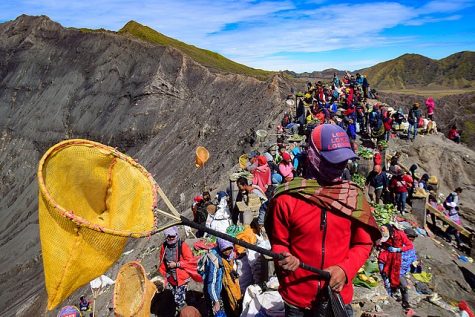
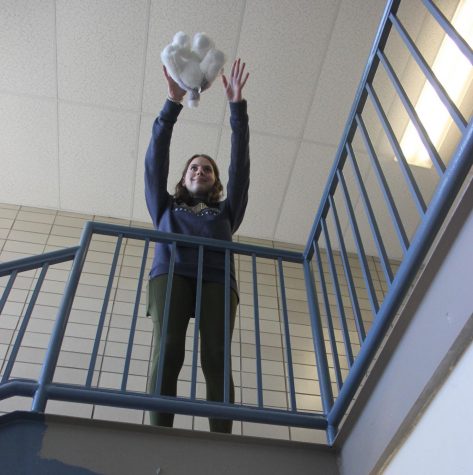
Yadnya Kassada
Yadnya Kasada is a Hindu ritual of the Tenggerese people. Yadnya Kasada can also be known as Kesodo. It is a festival that happens in the traditional Hindu lunar calendar every 14th day of the Kasada Month. The ritual is a way of showing appreciation to their gods that gave them blessings with abundance and welfare. In the legend, Roro Anteng and Joko Seger, a couple, remained childless after years of marriage. They asked the gods for children on top of Mount Bromothe. The gods gave them 24 children. But they blessed them on the condition that the 25th child must be thrown into the volcano as human sacrifice. They followed the request, and so the tradition of offering sacrifices into the crater of the volcano to make the gods happy still happens to this date, but with one minor change: they got rid of human sacrifices. They now use chickens, goats, and vegetables for the offering.
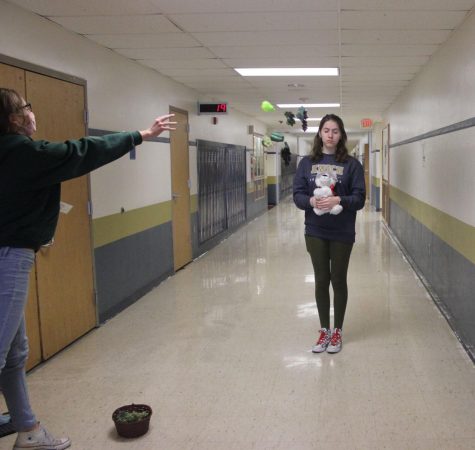
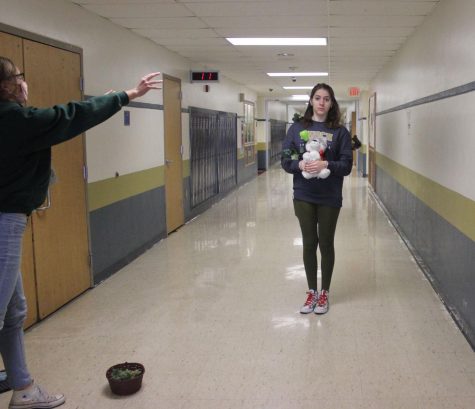
Jarramplas Festival
Jarramplas Festival is a turnip throwing festival that happens every year on January 19 and 20. The people of Piornal come together for two days to celebrate the Festival. Jarramplas refers to a guy during the festival. The guy dresses up in fancy clothes and wears a mask with horns on his head and a big nose. He goes around the city wearing the outfit, and the people participating hit him with turnips. The person inside wears safety gear to avoid any injury. The reason for the safety gear is to hit the guy with turnips. The town never has problems trying to find someone to play Jarramplas, which they consider an honor to play the character. Another fun fact about people playing Jarramplas is parents sign up their newborns for this role, which makes the waiting 20 years. The reason for Jarramplas is to wander the streets to resist those hits from the participants. They also try to stand still in the punishment as long as they can.
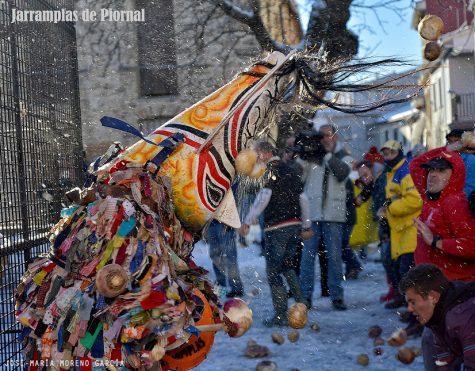
Cronista Oficial de la Villa de Madridejos (JOSE-MARIA MORENO GARCIA)

Night of the Radishes (Noche de los Rabanos)
The Night of the Radishes (Noche de los Rabanos), which is celebrated December 23rd in Oaxaca City, is a Christmas time festival. There is a tradition of holding a yearly radish carving competition. The competition dates back to 1897. This is when Oaxaca City’s mayor, Francisco Vasconcelos, decided to make a radish carving contest part of that year’s Christmas market. The Christmas market sold traditional flowers, herbs and ingredients for holiday dishes as well as decorations for the home. Radishes were, and are, integral to Oaxaca’s Christmas cuisine. Radishes can be used as a garnish and essential ingredient. The radish contest, which Francisco Vasconcelos integrated, was seen as a fun way to promote local agriculture.
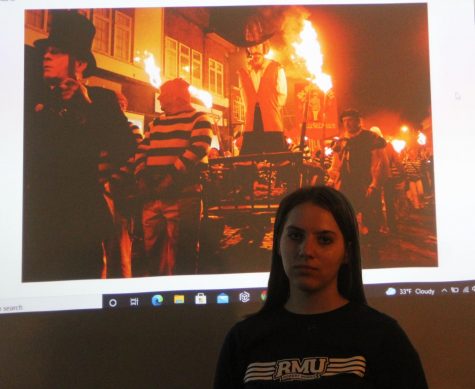
Guy Fawkes Night
Guy Fawkes Night is a bonfire night thing that is celebrated in the United Kingdom on November 5. They celebrate the night that would have changed their history. It celebrates the failure of the Gunpowder Plot. The Gunpowder Plot was against King James I by English Catholics that was led by Guy Fawkes. The plot was to blow up the Parliament building. And after they did that, they would assassinate the King. Everything was going fine until a member of the group betrayed them, which led to Guy Fawkes being arrested. Now because of that, every night on November 5 bonfires happen to celebrate the safety of the King.
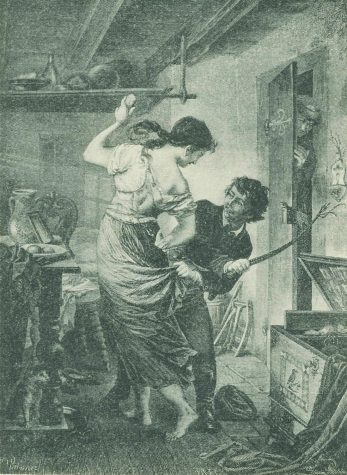
POMLÁZKA
POMLÁZKA is a pagan tradition that is celebrated on Easter Monday. The tradition is very old and may predate Christianity in the Czech Republic. On Easter Monday, young men walk with flexible whips made out of willow twigs. They can be decorated with colorful ribbons. The guys will spank the girls with them on their behinds. The event starts with a group of boys or men who walk from door to door. The girls will walk out, and the boys sing a tune and whip her on her behind. After they receive the spanking, the girl says thank you. She gives the boys decorated eggs. The whipping is mostly consensual. If you don’t want to get whipped, you probably won’t, I think. Getting whipped is also a sign of popularity and can be like getting a Valentine’s card.
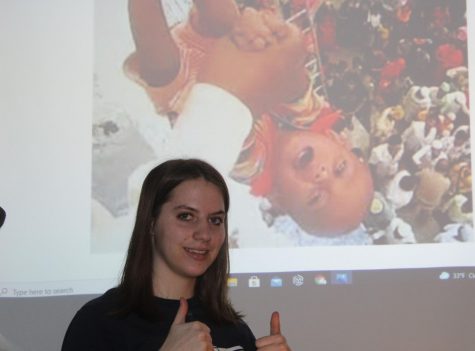
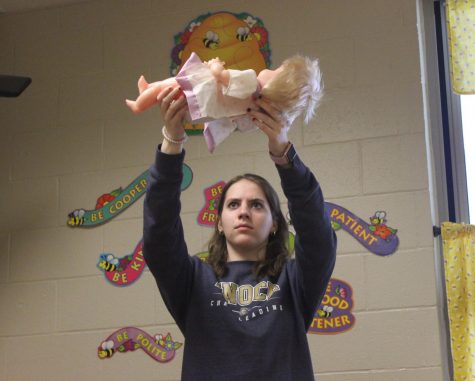
Baba Umer Dargah
Baba Umer Dargah is a 700-year-old ritual done by Hindu and Muslim families. There is a legend that centuries ago,when the infant death rate was high, a saint told families to show their faith by throwing babies off the roof and that God would make a sheet below to catch them. In 2009, there were attempts made by the district authorities to ban this. It was stopped for a while, but in 2011, the practice was resumed.


